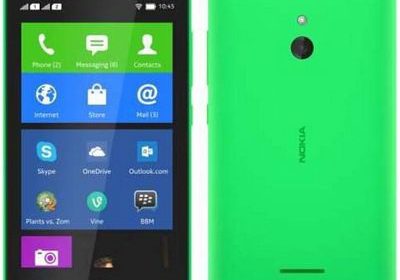Will Apple s FaceTime app hog your data plan?

Will Apple’s FaceTime app hog your data plan?
Now that more users have capped or tiered data plans for their smartphones, should they be careful about using Apple’s FaceTime app, which will soon permit movie talking over a cellular network?
Apple’s FaceTime movie talk service will ultimately work over a carrier’s cellular network, making it even lighter for people to make movie phone calls from anywhere. But will the fresh app gobble up bandwidth on capped data plans?
Since it was introduced in two thousand ten with the release of the iPhone Four, the FaceTime movie talk application, which permits people with iOS devices to call each other over movie, only worked on Wi-Fi networks. The reason given at the time for the limitation was that carriers like AT&T were afraid of what FaceTime would do to their already overtaxed 3G wireless networks.
On Monday, Apple said during its World Broad Developer Conference in San Francisco that in iOS 6, which is set for release this fall, the app will now be available over cellular networks too. Apple didn’t specify if the app would be limited to quicker 4G LTE networks or whether it would also work on 3G wireless networks. The very first thing I thought when I heard the news was that the movie streaming service would likely be a data hog that could cause lots of people to gargle through their monthly data caps much swifter.
In general, streaming content of any kind can eat up a lot of network capacity. This goes for music services like Pandora as well as movie streaming apps like Netflix. According to Verizon’s data calculator, users can gobble up 1.71GB a month of data by streaming movie to their smartphone over a 4G LTE network with just ten minutes of viewing per day. And on a 3G network connection using a smartphone, users can suck through 1.22GB of data per month with just ten minutes of movie talk per day.
But the truth is that the FaceTime movie app doesn’t use as much bandwidth as other streaming movie services. The blog AnandTech measured FaceTime usage over Wi-Fi networks when the service was very first introduced. And it found that the app used inbetween one hundred and one hundred fifty Kbps.
Related stories
The reason why is that the quality of the movie is lower. Because the service has to work over networks with much slower upload speeds than download speeds, Ross Rubin an analyst with NPD Group said, it’s likely more efficient than other types of movie on the network.
"The real-world bandwidth necessary to run the service may not be as requesting as it is for TV shows or movies," he said.
Rubin said people don’t use movie talk services the same way they use other streaming movie services, such as Netflix. And he said that today people aren’t worried about sucking through their data caps due to movie talking services. According to a latest investigate by NPD Connected Intelligence, only nine percent of consumers say they do not engage in movie talk because they are worried about exceeding their data plans.
"Movie talk sessions are much shorter than people watching movies," he said. "There may be some long business conference calls, but on average movie talks last about as long as most phone conversations. They’re relatively brief."
Still, Rubin and other analysts warned that any application when used over a cellular network with a data cap should be observed closely.
"Any app used excessively can get users close to their data caps," he said. "But in general, I don’t think it’s something most people will have to worry about."
This is good news for many consumers who were shocked when they blew their monthly data caps in a matter of days when the latest iPad with 4G LTE was introduced earlier this year. The swifter network speeds made accessing high-definition movie from streaming apps lighter. And people didn’t realize how much data they were using.
But hopefully, the FaceTime app over a 3G or 4G network carrier network won’t create the same surprises. In fact, some subscribers have already been using the app over a cellular network via carrier Mi-Fi technology. Because FaceTime connects via Wi-Fi, Apple iOS device users can still access the app over a 3G or 4G network via a Mi-Fi device that acts like a wireless router connected to the cellular network.